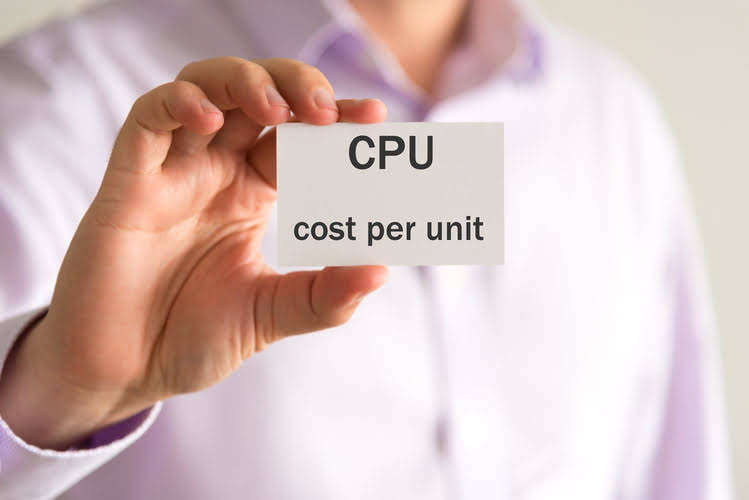
This is accomplished by creating an “allowance for doubtful accounts,” a contra-asset account that reduces the total value of accounts receivable on the balance sheet. Each period, the company records a bad debt expense based on historical data and the current A/R aging. This practice aligns with the matching principle by recognizing the expense in the same period as the related revenue. Remember that implementing an accounting system requires careful planning and execution. It’s important to assess your current processes, identify pain points and goals specific to your wholesale distribution operation before selecting the right software or system. Take time to train staff members on using the new system effectively so that they can maximize its capabilities.

Specialized Accounting for Wholesale and Distribution Companies.
Debt financing, for example, offers tax advantages since interest expenses are generally tax-deductible, lowering taxable income and improving cash flow. However, excessive reliance on debt increases financial risk, requiring careful evaluation of trade-offs. Capital allocation dictates how financial resources are strategically deployed to maximize returns and ensure operational efficiency. This involves evaluating distributors’ financial needs and determining the optimal mix of debt and equity financing to maintain inventory https://bluetaillizard.com/2025/02/13/what-is-accounting-definition-objectives/ levels and respond to market demands. For instance, distributors with strong equity bases might opt for less leverage, reducing interest expenses and enhancing stability.

Prime Costs: Definition, Formula, Explanation, and Example
- Tools like Fishbowl Inventory work well with QuickBooks, giving you up-to-date inventory info and automating orders.
- Datacor ERP, formerly Chempax, offers specialized tools for the chemical distribution industry, such as hazardous materials management.
- Tesla’s 5-for-1 stock split in 2020, for instance, aimed to make shares more accessible to retail investors without altering market capitalization.
- We’ll help you maximize your warehouse/facilities use and flow, balancing your working capital needs against the inventory you need on hand, so both cash flow and stock levels are optimized.
- Accounting systems provide insights into product costs, sales trends, and stock levels.
- Regulatory requirements in distribution finance promote transparency, accountability, and fairness while mitigating risks such as fraud and insolvency.
- Our extensive experience in manufacturing accounting systems means we can help you manage your inventory cost-effectively.
When a corporation earns profits, it can choose to reinvest funds in the business and pay portions of profits to its shareholders. Here note that distribution expenses are different from selling and marketing expenses. It is mainly concern with logistics, shipping, and insurance while the selling and marketing expenses are mainly concern with the advertisement, commission, and salaries of marketing staff. Once you’ve registered a business with its own tax ID, you need to keep finances separate. When you’ve got a mix of personal and business expenditures on a credit card statement, you’re bookkeeping laying the groundwork for making mistakes.

Understanding Accounting Distributions: Cash, Stock, Property
You may not be able to see it in the face of financial statements, but you surely could see it in the note to financial statements. Often, you need to know how much was spent and when in order to follow your inventory. It’s difficult to know what your inventory should look like if you haven’t kept track of your spending. Credit distributor accounting card transactions leave a trail of breadcrumbs to help you watch your stock in a way that you can’t with cash.

- Stock distributions, also known as stock dividends, involve issuing additional shares to existing shareholders.
- Each partner has a capital account that tracks their contributions, share of profits, and any distributions received.
- In an industry built on managing inventory and sales, distribution companies need exceptional services to ensure their books and accounts are up-to-date and in compliance with regulations.
- While they are generally not taxable at the time of issuance, they do affect the cost basis of the shares.
- Shareholders’ wages are subject to income, Social Security, and Medicare taxes.
- This means the cost of the oldest inventory is transferred to COGS, while the most recently purchased items remain in ending inventory.
While they are generally not taxable at the time of issuance, they do affect the cost basis of the shares. This adjustment in cost basis is crucial for calculating capital gains or losses when the shares are eventually sold. For example, if a shareholder receives additional shares through a stock distribution, the cost basis of their original shares is spread across the new total number of shares. This can lower the per-share cost basis, potentially increasing the capital gains tax when the shares are sold at a higher market value. With the increase in completion in every industry, manufacturers and distributors want to cut down their expenses to meet the cut-throat price war in the market.
Making accurate financial choices helps manage cash well and gives you a strategic advantage in the wholesale market. A clear Chart of Accounts for Wholesale helps businesses manage finances easily. For wholesale businesses, key accounting principles focus on a detailed Chart of Accounts (CoA).


